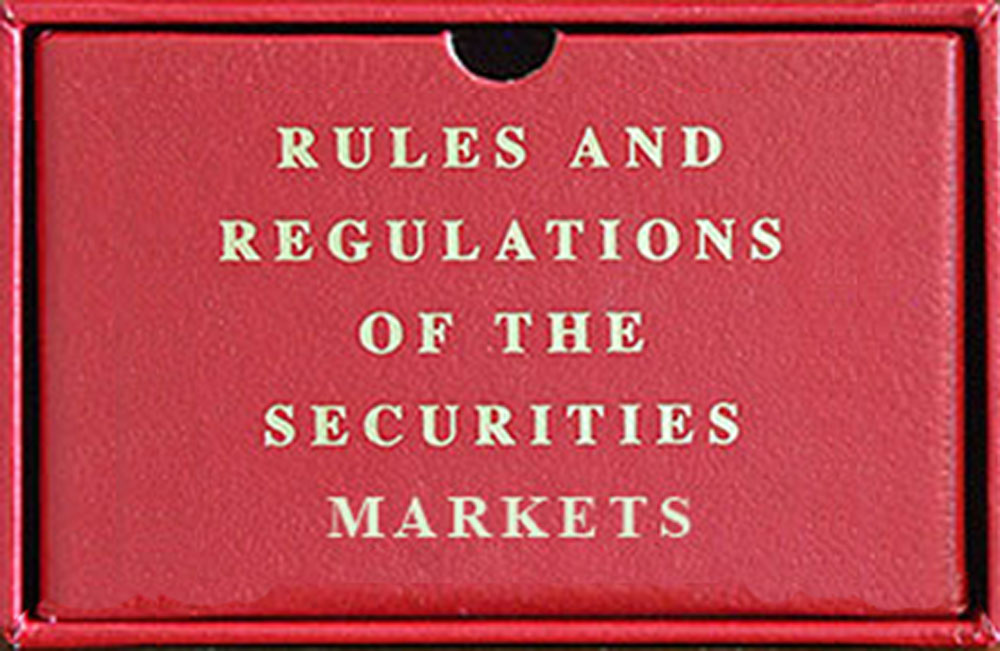Securities regulation comprises the regulation of public issuers of securities,
secondary markets, asset management products and market intermediaries. Regulation is
designed to address asymmetries of information between issuers and investors, clients and
financial intermediaries and between counterparties to transactions; and to ensure smooth
functioning of trading and clearing and settlement mechanisms that will prevent market
disruption and foster investor confidence.
Regulation of public issuers is based on the principle of full, timely and accurate
disclosure of relevant information to investors. Generally, securities regulators have moved
away from merit-based regimes to disclosure-based regimes; that is, the regulator does not
take on the role of determining whether or not an offer is too risky for investors—that is a
decision to be made by the investor. Rather, the regulator’s role is to ensure that investors are
given full, timely and accurate information to enable them to make informed decisions. For
that purpose disclosure obligations are imposed on issuers both at the moment of
authorization for public offering and on a continuous basis. Mechanisms are also put in place
to ensure the reliability of the information provided by issuers. More recently, the regulation
of issuers has highlighted the need for adequate corporate governance to ensure effective
accountability of management and board members to shareholders.
Regulation of market intermediaries seeks to ensure that intermediaries (such as
brokers, dealers and advisers) enter and exit the market without disruption, conduct their
business with their clients with due care and trade fairly in the markets. The main tools for
the regulation of intermediaries are licensing requirements (including prudential
requirements) and market and business conduct obligations.
The regulation of asset management aims to ensure professional management and
adequate disclosure of investments to the investors. Most regulatory systems focus on
collective investment schemes, usually in the form of mutual funds or unit trust funds.
Because units of collective investment schemes are investment instruments, they are bound
by the same principle of full, timely, and accurate disclosure applicable to issuers generally.
In addition, the operator and investment manager of the collectives investment scheme are
financial intermediaries and are regulated in a manner similar to other intermediaries.
10. The regulation of secondary markets seeks to ensure the smooth functioning of the
markets. Regulation of market conduct and trading seeks to ensure fair access and adequate
price formation, thus preserving the market’s efficiency and reputation. Regulation also aims to limit the disruptive effects that the failure of an intermediary could have on the market
and, thus, is focused on ensuring that market participants settle their trading obligations in an
orderly and timely manner through regulation of the clearing and settlement, and the setting
of standards for risk management.
11. Responsibility for the development of the regulatory framework as well as the
supervision of regulated entities is typically assigned to a public agency. The structure of the
securities markets regulator may vary from a single-agency specialized in securities
regulation to a unified regulator that regulates more than one sector. The regulatory
framework should ensure that the regulator has sufficient independence, powers and
resources to effectively regulate and supervise market participants. In most jurisdictions, selfregulatory organizations (SROs), such as exchanges, and industry associations, carry out part
of the regulatory function in the jurisdiction (in many cases, SROs take on a significant role).
In these cases, the regulatory framework should ensure proper oversight of SROs by the
public regulator.








